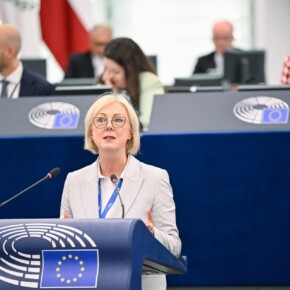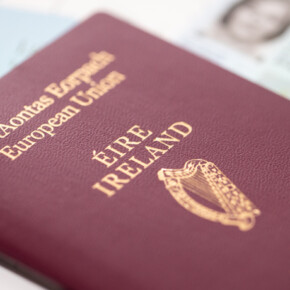Leinster art exhibition opens
Dublin People 05 Oct 2018
A NEW art exhibition commemorating the sinking of the RMS Leinster has opened at the National Maritime Museum in Dun Laoghaire.
Last week the Chief of Staff of the Defence Forces, Vice Admiral Mark Mellett Philip, launched the Dublin Port Company sponsored ‘RMS Leinster WW1’ by Philip Murphy.
The exhibition commemorates the centenary of the sinking of the mailboat RMS Leinster by a German submarine in October 1918 which resulted in the highest ever casualty rate on an Irish-owned ship.
More than 500 people – civilians and military – died when the boat went down.
The collection of steel sculptures will be on public display at the museum until October 21, and includes items recovered from the wreck and a list of the names of all those who died in the sinking. It is one of several tributes to be held to mark the disaster and the displays serve as a reminder of war and the destruction it brings.
Artist Philip Murphy said: “The imagery in the exhibition was inspired by the works of art of three World War One poets, David Jonas, Wilfred Owen and Siegfried Sassoon.
“Their poetry gave a deep understanding of experiencing the war on the front line.
“I have worked to espouse those emotions into the sculptures and have tried to capture the enormity of the tragedy of the sinking.”
The National Maritime Museum houses a plethora of captivating pieces on all aspects of maritime heritage and each come with enthralling stories of discovery, heroism, war and disasters at sea.
The ‘RMS Leinster WW1’ collection features 18 sculptures highlighting the largest ever loss of life in the Irish Sea which occurred 12.25 nautical miles (22.7 kms) from the Museum, just one month before World War One ended.
The RMS Leinster was one of the fastest ships at sea with a speed of 24 knots. She weighed 2,640 gross tons and operated between Holyhead and Dun Laoghaire – then known as Kingstown.
On the ill-fated journey, the German submarine UB12 spotted the RMS Leinster and fired a torpedo that crossed her bows.
The submarine’s second torpedo struck the port side, where the postal sorting room was situated. The subsequent explosion blew holes through both her port and starboard sides and she began to slowly sink.
As lifeboats were being launched another torpedo struck the ship on the starboard side, causing catastrophic damage.
Commenting on the exhibition Chief of Staff of the Defence Forces, Vice Admiral Mark Mellett said: “The sinking of the RMS Leinster resulted in a terrible loss of life that people still remember and remark upon, with a particular poignancy that it came so close to the end of the war.
“The memory of the Leinster is very important to the Defence Forces and it is an honour to participate in the remembrance of those lost.”
Dublin Port Company Chief Executive Eamonn O’Reilly added: “We are proud to be involved in a project that pays tribute to a devastating loss of life in Irish waters.
“Dublin was an extremely important city during the war and 57 members of the Dublin Port & Docks Board with four losing their lives.”
- Leinster art exhibition opens












